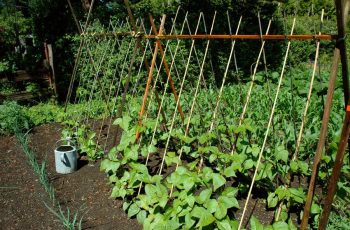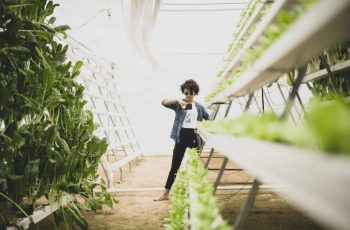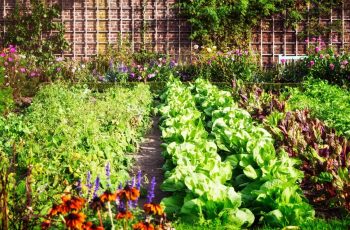A Beginner’s Complete Guide to Indoor Gardening
Living in an apartment without outdoor space? Indoor gardening is a great solution! It’s accessible for beginners, and modern smart garden technologies make it easier than ever to start your indoor garden.

This guide will help you kickstart your indoor gardening journey, covering the essentials for growing houseplants and the various systems available.
Key Takeaways:
- Plants need sunlight, carbon dioxide, a growing medium, and essential nutrients, in addition to water.
- Choosing the right growing medium—soil or hydroponics—is crucial for plant health.
- Essential minerals like nitrogen, phosphorus, and potassium are vital for development.
- Successful indoor gardening depends on light, humidity, plant selection, growing medium, and watering techniques.
- Methods like Smart Soil, Hydroponics, Aquaponics, and Aeroponics are effective for indoor gardening.
Essentials for Plant Growth:
- Sunlight: Vital for photosynthesis; insufficient light can cause yellowing leaves.
- Water: Necessary for nutrient absorption and temperature regulation.
- Carbon Dioxide: Used by plants to produce oxygen.
- Growing Medium: Soil or alternatives like rock wool and perlite provide roots with nutrients.
- Minerals and Nutrients: Essential for growth and development.
Setting Up Your Indoor Garden:
- Space: Choose a location with good air circulation and a consistent power supply. Near windows is ideal for natural light.
- Light Source: Natural sunlight is best, but artificial grow lights (like LEDs) are good alternatives.
- Humidity Levels: Maintain humidity between 50-60% for optimal health. Use misting or humidifiers to regulate moisture.
Choosing Plants:
Select plants based on their light, humidity, and water needs. Suitable options include:
- Herbs: Parsley, mint, basil, chives.
- Vegetables: Tomatoes, lettuce, bell peppers.
- Fruits: Strawberries, blueberries.
- Flowers: Orchids, peace lilies.
Growing Medium Options:
- Potting Soil: A mix of pine bark, peat moss, and vermiculite; requires fertilizer over time.
- Smart Soil: Provides controlled nutrition and improved airflow.
- Hydroponics: Nutrient-filled water promotes faster growth.
- Aquaponics: Combines fish farming with plant growth for sustainability.
- Aeroponics: Uses mist to nourish plants, minimizing water usage.
Watering Your Indoor Garden:
Watering frequency varies by plant type. Generally, water once a week, allowing the soil to dry slightly between waterings. Monitor humidity levels and adjust as needed.

Indoor gardening allows you to grow fresh herbs and vegetables year-round, making it practical for limited spaces. With advancements in technology, methods like Hydroponics and Aeroponics simplify indoor gardening, making it more efficient and enjoyable.



